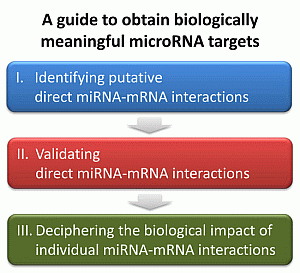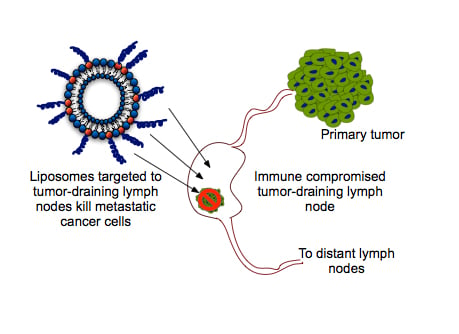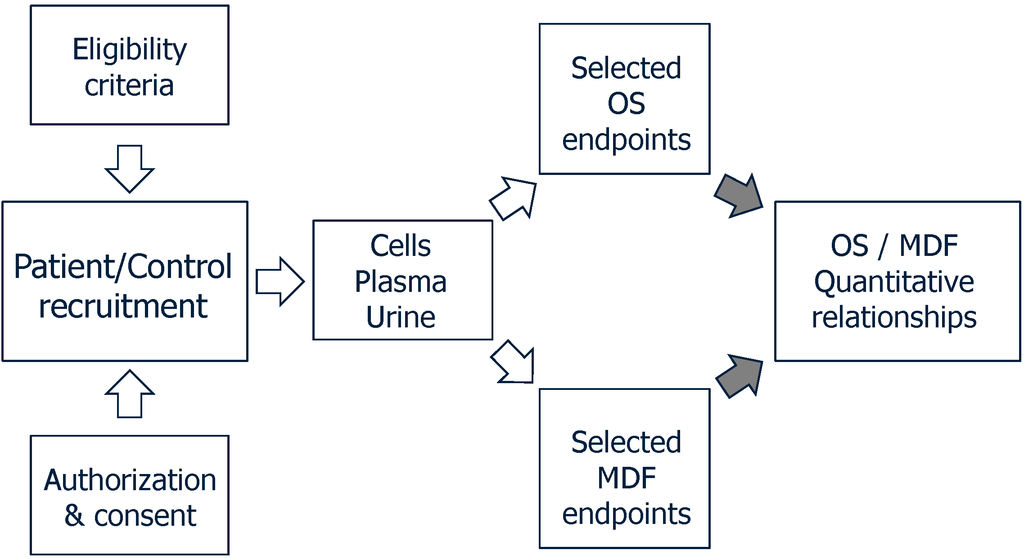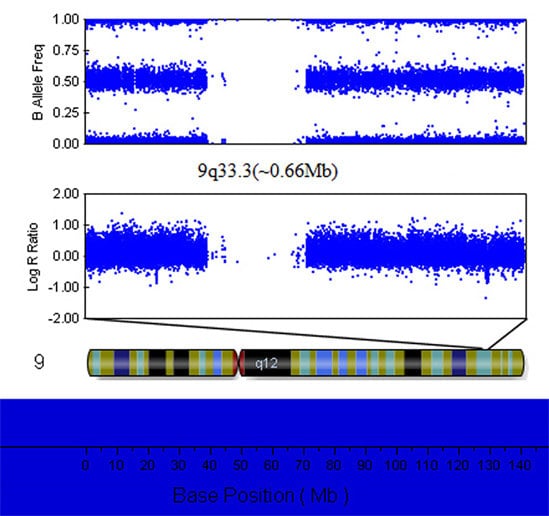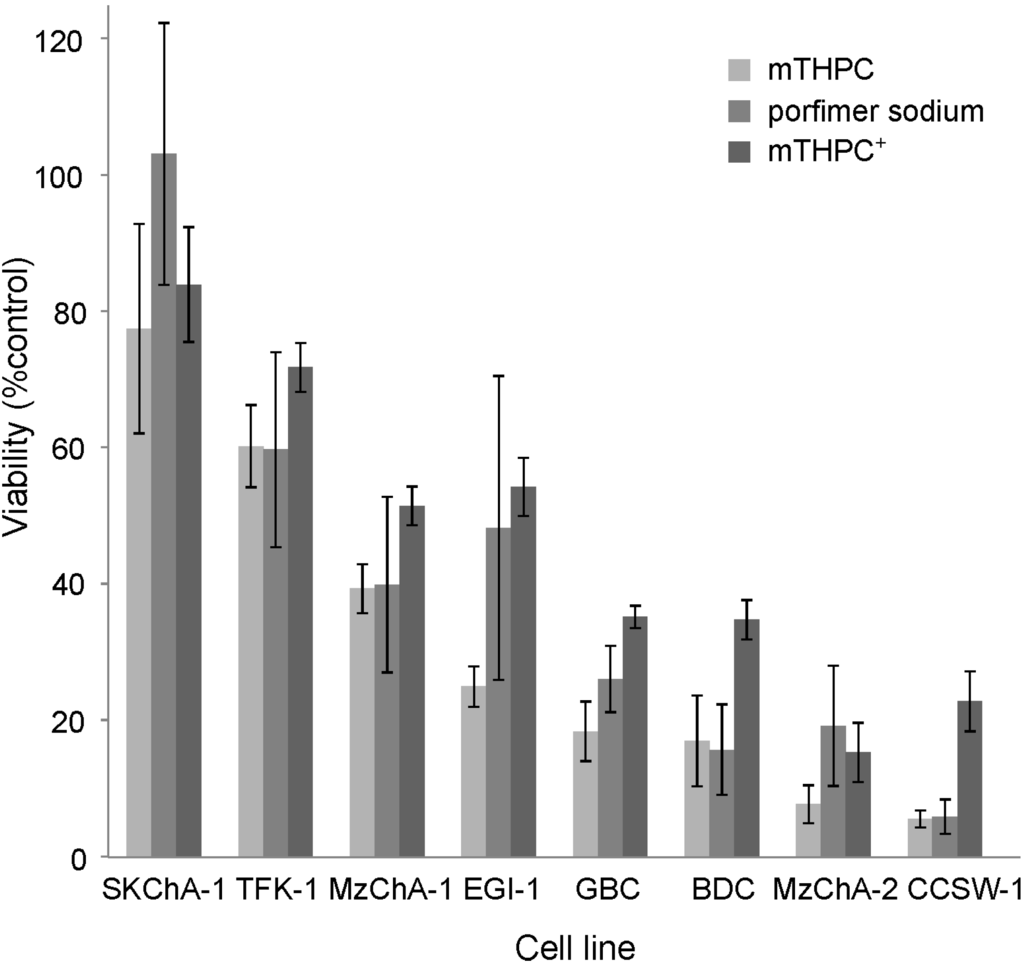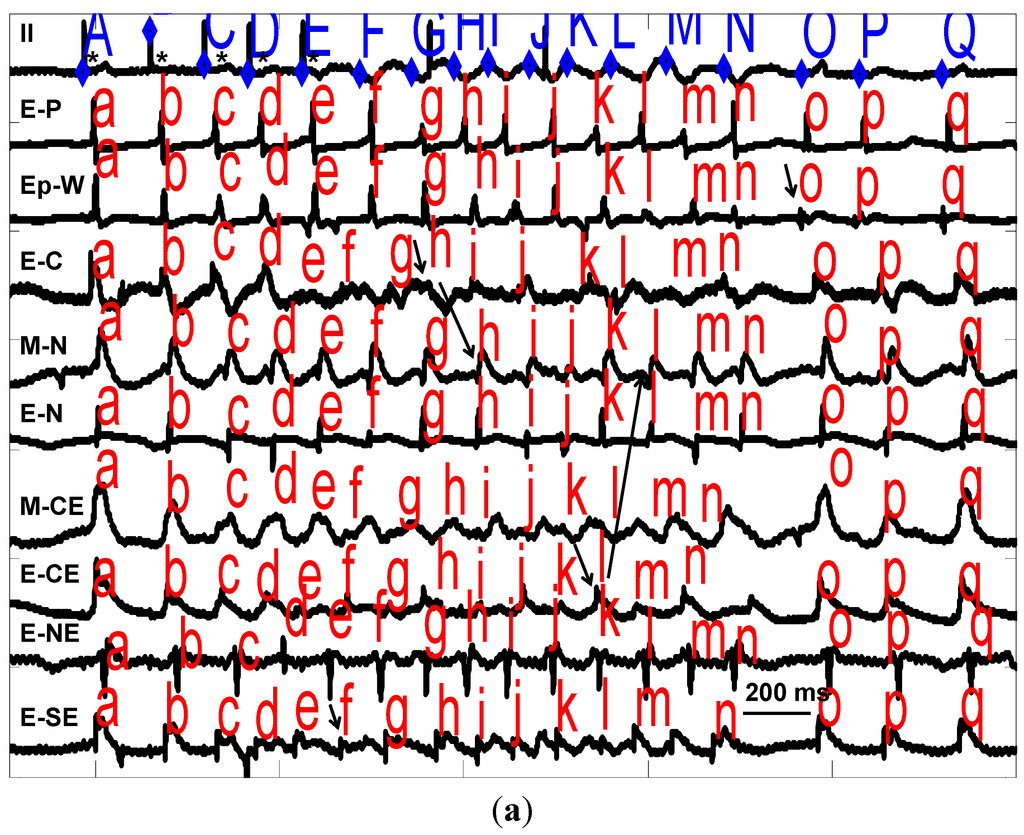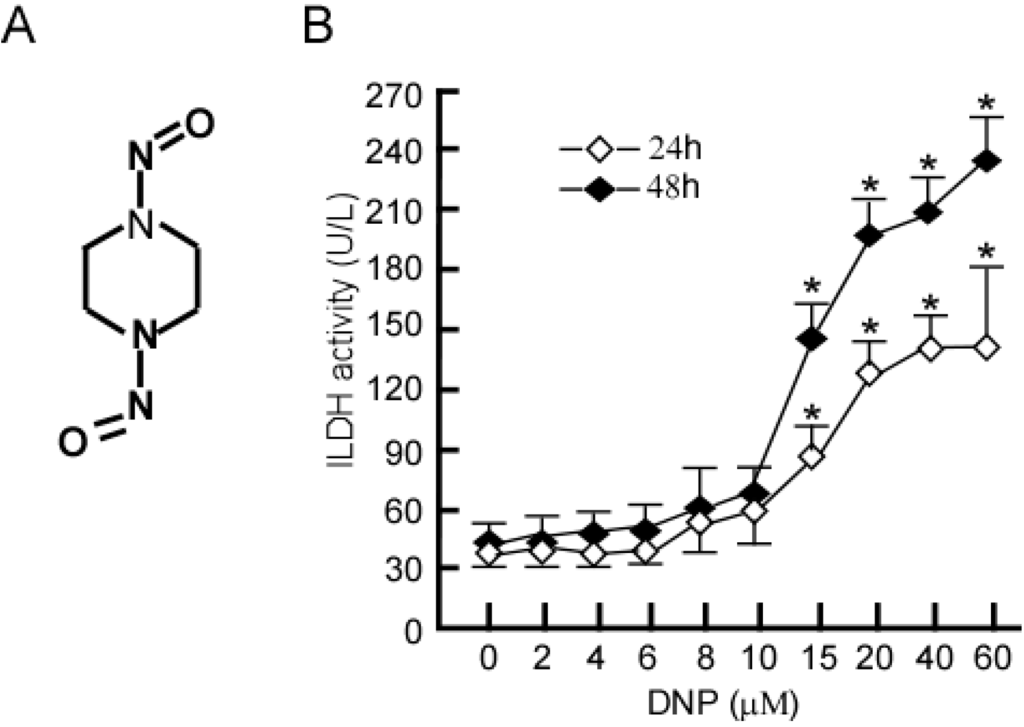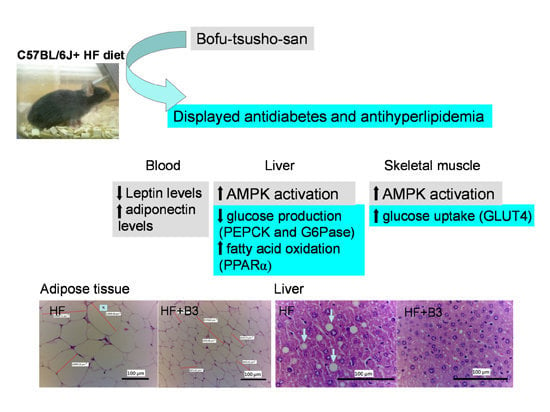1
Faculty of Chemistry, Department of Biology, National Autonomous University of Mexico (UNAM), University City 04510 DF, Mexico
2
Faculty of Medicine, Department of Pharmacology, National Autonomous University of Mexico (UNAM), University City 04510 DF, Mexico
3
Research Department, Hospital Regional "Lic. Adolfo López Mateos", ISSSTE, Av. Universidad 1321, Florida 01030 DF, Mexico
Int. J. Mol. Sci. 2014, 15(11), 20290-20305; https://doi.org/10.3390/ijms151120290 - 6 Nov 2014
Cited by 89 | Viewed by 7261
Abstract
The redox status associated with nuclear factor erythroid 2-related factor-2 (Nrf2) was evaluated in prediabetic and diabetic subjects. Total antioxidant status (TAS) in plasma and erythrocytes, glutathione (GSH) and malondialdehyde (MDA) content and activity of antioxidant enzymes were measured as redox status markers
[...] Read more.
The redox status associated with nuclear factor erythroid 2-related factor-2 (Nrf2) was evaluated in prediabetic and diabetic subjects. Total antioxidant status (TAS) in plasma and erythrocytes, glutathione (GSH) and malondialdehyde (MDA) content and activity of antioxidant enzymes were measured as redox status markers in 259 controls, 111 prediabetics and 186 diabetic type 2 subjects. Nrf2 was measured in nuclear extract fractions from peripheral blood mononuclear cells (PBMC). Nrf2 levels were lower in prediabetic and diabetic patients. TAS, GSH and activity of glutamate cysteine ligase were lower in diabetic subjects. An increase of MDA and superoxide dismutase activity was found in diabetic subjects. These results suggest that low levels of Nrf2 are involved in the development of oxidative stress and redox status disbalance in diabetic patients.
Full article
(This article belongs to the Section Biochemistry)
▼
Show Figures


